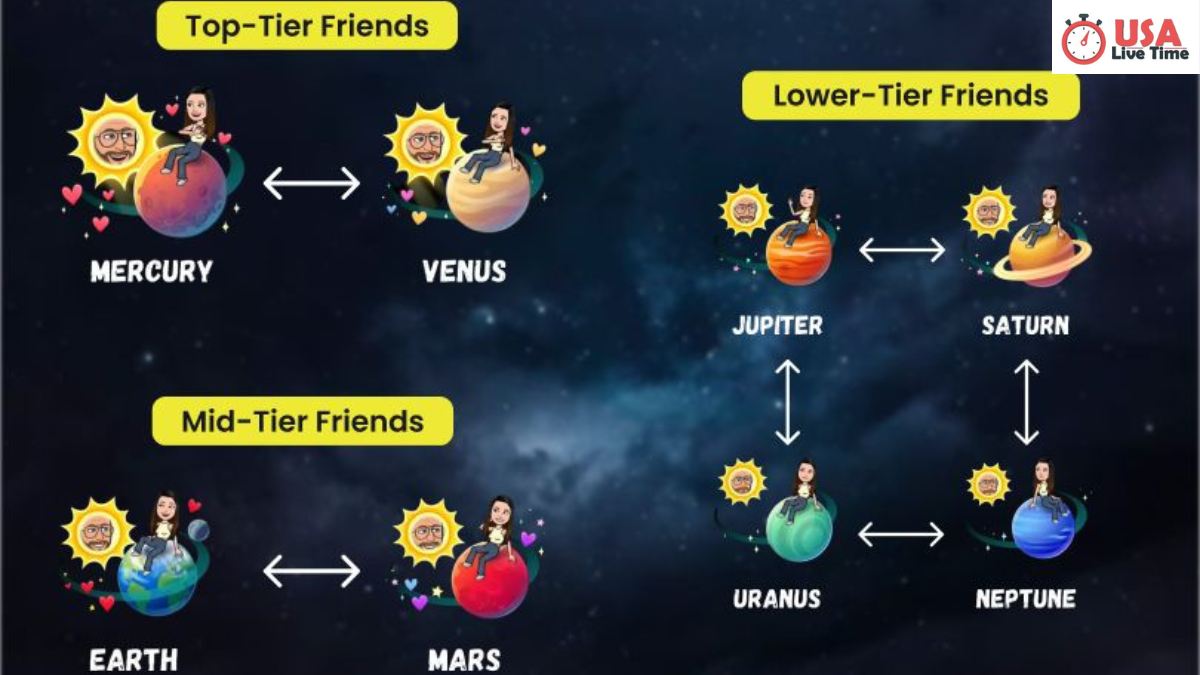Best Friends List Planets: Exploring Celestial 3 Companionship

Table of Contents
When we think about planets, we often imagine distant, lonely worlds floating through the vastness of space. But just like best friends in our lives, planets can have unique relationships, whether it’s through gravitational bonds, mutual interactions, or even mythological connections. In this article, we explore the best friends list planets, examining their companionship in various ways, from astronomical pairings to cultural significance.
The Concept of Planetary Friendship
The idea of best friends list planets might sound whimsical, but when we dig deeper into planetary science, we see real celestial bodies that interact in fascinating ways. Planets can be gravitationally bound to one another, share similar characteristics, or even be paired in folklore and mythology. The friendships of planets go beyond mere proximity; they reveal deeper connections in the cosmos.
Mars and Earth: Neighbors with a Shared Future
Mars and Earth share a unique connection in planetary exploration. As humanity looks toward the future, Mars is often seen as Earth’s “best friends list planets” in terms of potential colonization. The two planets have similar day lengths, seasons, and geological features, making them ideal partners in our quest to explore space.
Exoplanetary Friendships Beyond Our Solar System
In a distant star system, two exoplanets named Kepler-36b and Kepler-36c share an incredibly close orbit. These two planets come within 1.9 million kilometers of each other—closer than any other known planetary pair. Their gravitational relationship creates dramatic effects, making them a prime example of best friends list planets beyond our solar system.
TRAPPIST-1 Planets: A Stellar Sibling Group
The TRAPPIST-1 system is home to seven Earth-sized planets, many of which could potentially support life. These planets orbit close to one another, meaning that from the surface of one, you could see several others in the sky. This cosmic family best friends list planets how planets can exist in tight-knit friendships, influencing each other’s atmospheres and climates.
Mythological and Cultural Friendships Between Planets
Venus and Mars: Love and War
In Roman mythology, Venus (the goddess of love) and Mars (the god of war) share a famous relationship. Their planetary namesakes reflect this, often being linked in astrology and storytelling. This pairing is a symbolic representation of opposites attracting, making them a classic example of best friends list planets in cultural contexts.
How Planets Influence Each Other
Gravitational Interactions
Many planetary friendships are dictated by gravity. Large planets like Jupiter influence the orbits of smaller celestial bodies, acting as Best Friends List Planets by deflecting asteroids and comets. This gravitational bond is a crucial factor in planetary relationships.
Atmospheric and Magnetic Effects
Planets with magnetic fields, like Jupiter and Saturn, can create powerful Best Friends List Planets on their moons. These interactions show that planets not only influence each other’s orbits but also their physical characteristics, strengthening their cosmic ties.
Conclusion: The Everlasting Friendships of the Cosmos
The idea of best friends list planets isn’t just a poetic metaphor—it’s a real phenomenon backed by science. Whether through gravitational interactions, cultural mythology, or the search for Earth-like worlds, planets can form unique relationships that shape their destinies. As we continue to explore the universe, we may discover even more cosmic friendships that inspire and amaze Best Friends List Planets.





